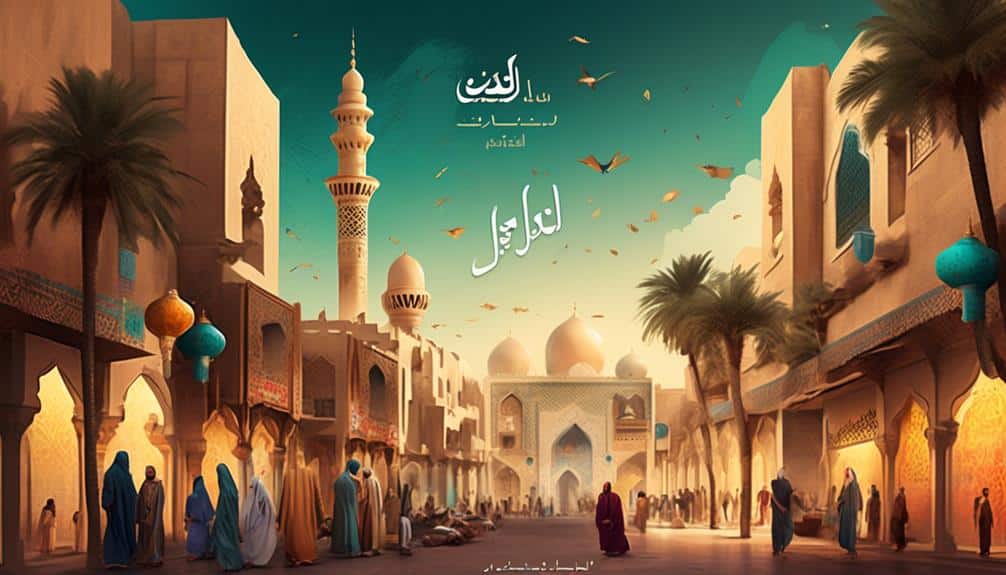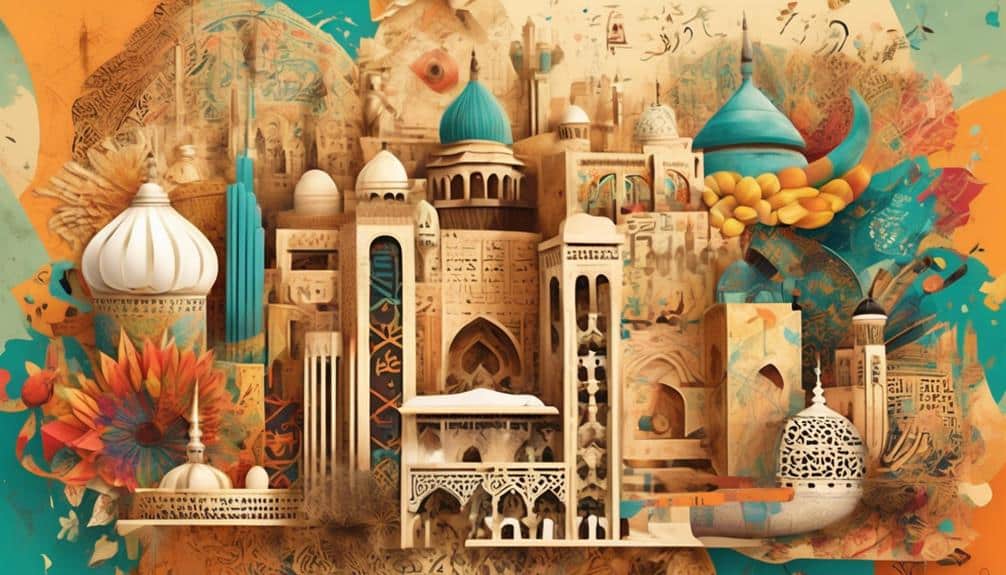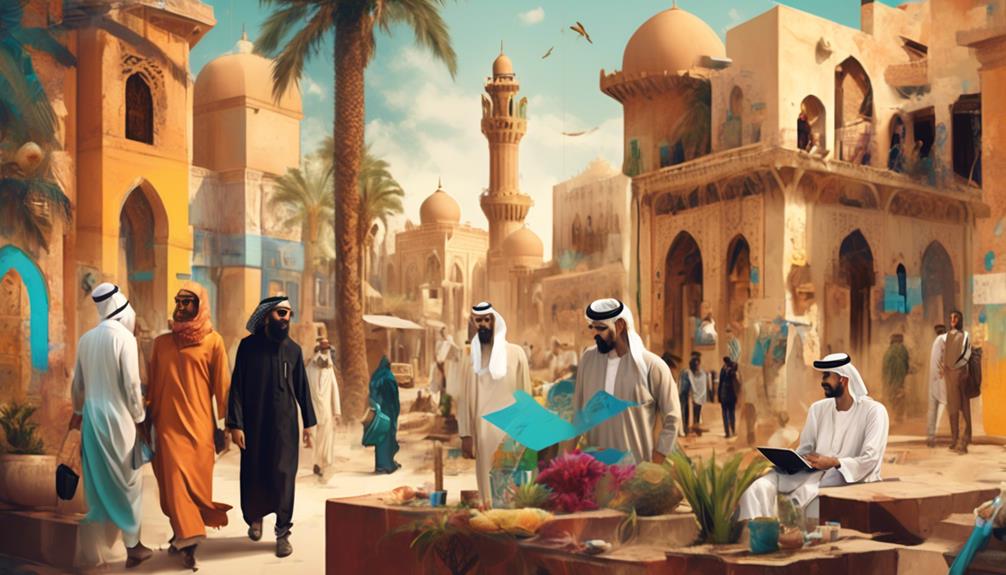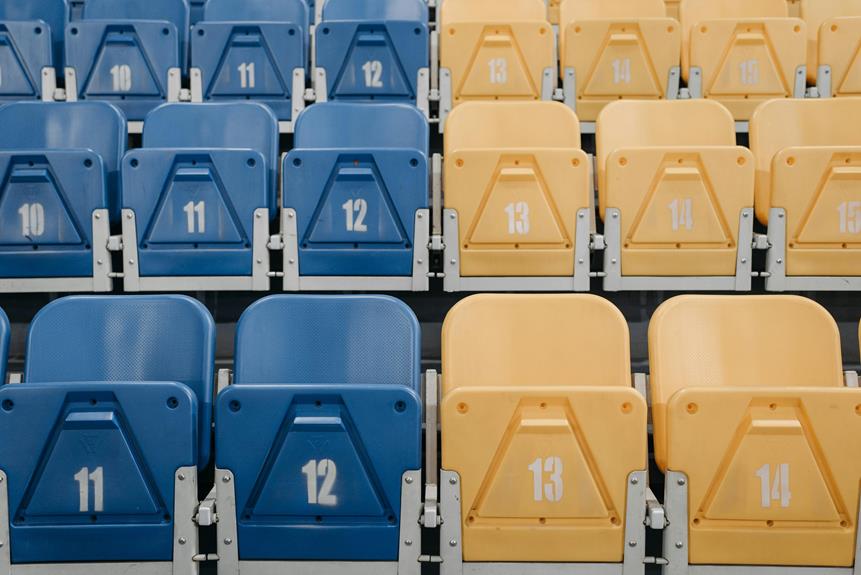In the vibrant city of Jeddah, where cultures merge and traditions intertwine, crafting engaging websites for its diverse audience requires a delicate balance of cultural sensitivity, language adaptation, and user experience design.
As the gateway to the Red Sea, Jeddah attracts visitors from all over the world, each with their own unique needs and expectations.
In this discussion, we will explore the nuances of creating websites that effectively cater to this diverse audience, delving into the importance of understanding cultural nuances, adapting content to different languages, and designing user experiences that resonate with users from all walks of life.
Join us on this journey as we unveil the secrets to crafting engaging websites that go beyond the surface, capturing the essence of Jeddah's rich cultural tapestry.
Cultural Sensitivity and Localization

Cultural sensitivity and localization are crucial considerations when crafting engaging websites for Jeddah's diverse audience. Jeddah, the commercial hub of Saudi Arabia, is home to a population that is rich in cultural diversity, comprising not only Saudi nationals but also a significant number of expatriates from various backgrounds. To ensure that websites effectively communicate with this diverse audience, it is essential to understand and respect their cultural nuances.
Localization plays a key role in tailoring websites to meet the specific needs and preferences of Jeddah's audience. This involves adapting the content, language, and design elements to align with the local culture. For instance, using Arabic as the primary language and incorporating culturally relevant imagery and symbols can enhance the website's appeal and make it more relatable to the target audience.
Moreover, cultural sensitivity is crucial in avoiding any unintentional offense or misunderstanding. It requires a deep understanding of the cultural norms, beliefs, and values of the audience. This includes being mindful of religious sensitivities and ensuring that the website adheres to Islamic principles, as Jeddah is a predominantly Muslim city.
Language Adaptation and Translation

Effective language adaptation and translation are essential elements in crafting engaging websites for Jeddah's diverse audience. Jeddah, a cosmopolitan city in Saudi Arabia, is home to people from various cultural backgrounds and languages. To effectively communicate with this diverse audience, websites need to be adapted and translated to cater to their specific needs.
Language adaptation involves tailoring the content and design of a website to suit the linguistic preferences and cultural nuances of the target audience. It requires a deep understanding of the local language, dialects, and cultural sensitivities. This process ensures that the website's message resonates with the audience, making it more engaging and relatable.
Translation, on the other hand, involves accurately converting the content from one language to another. It is not simply about replacing words but also about conveying the intended meaning and tone of the original text. This requires skilled translators who are not only proficient in both languages but also familiar with the subject matter and cultural context.
In the case of Jeddah, websites should be available in both Arabic and English, as these are the most commonly used languages in the city. However, it is important to note that Arabic is the primary language and should be given priority in terms of content and design.
User Experience and Design Considerations

When crafting engaging websites for Jeddah's diverse audience, careful consideration must be given to user experience and design. User experience (UX) refers to how users interact with a website and the overall satisfaction they derive from that interaction. Design, on the other hand, encompasses the visual elements and layout of a website. Both UX and design play crucial roles in creating a website that appeals to Jeddah's diverse audience.
In order to ensure a positive user experience, it is important to understand the preferences and needs of the target audience. This can be achieved through user research and testing. By gathering insights into user behavior, preferences, and expectations, designers can create websites that are intuitive, easy to navigate, and visually appealing.
Design considerations also play a significant role in engaging Jeddah's diverse audience. The visual elements, such as color schemes, typography, and imagery, need to be carefully chosen to resonate with the cultural and aesthetic preferences of the audience. Moreover, the layout should be responsive and compatible with different devices, as a significant portion of Jeddah's population accesses the internet through mobile devices.
Frequently Asked Questions
How Can Cultural Sensitivity and Localization Be Achieved in Website Design for Jeddah's Diverse Audience?
Cultural sensitivity and localization can be achieved in website design for Jeddah's diverse audience by understanding and respecting the local culture, adapting content and visuals to cater to specific cultural nuances, and incorporating language and design elements that resonate with the target audience.
What Are the Key Factors to Consider When Adapting and Translating Website Content Into Arabic for Jeddah's Audience?
When adapting and translating website content into Arabic for Jeddah's audience, key factors to consider include cultural nuances, language preferences, and the use of appropriate imagery and design elements that resonate with the local culture.
How Can User Experience Be Enhanced Through Design Considerations Specific to Jeddah's Audience?
To enhance user experience for Jeddah's audience, design considerations must be taken into account. This includes understanding their cultural preferences, language, and accessibility needs. By incorporating these elements, websites can effectively engage and cater to the diverse audience in Jeddah.
What Are Some Best Practices for Ensuring Cultural Sensitivity and Localization in Website Design for Jeddah's Diverse Audience?
Best practices for ensuring cultural sensitivity and localization in website design for Jeddah's diverse audience include conducting thorough research on local customs and preferences, using appropriate language and imagery, and incorporating user feedback to continuously improve the user experience.
How Can Language Adaptation and Translation Be Effectively Integrated Into User Experience and Design Considerations for Jeddah's Audience?
Language adaptation and translation can be effectively integrated into user experience and design considerations for Jeddah's audience by understanding their language preferences, cultural nuances, and ensuring that content is accurately translated and localized to provide a seamless and engaging experience.
Conclusion
In conclusion, crafting engaging websites for Jeddah's diverse audience requires:
- Cultural sensitivity and localization
- Language adaptation and translation
- User experience and design considerations
By understanding the unique cultural context and preferences of the target audience, website designers can create a more inclusive and user-friendly online experience.
Additionally, adapting the language and content to cater to different linguistic backgrounds is crucial in reaching a wider audience.
Overall, a well-crafted website that takes into account these considerations can effectively engage and resonate with Jeddah's diverse audience.

